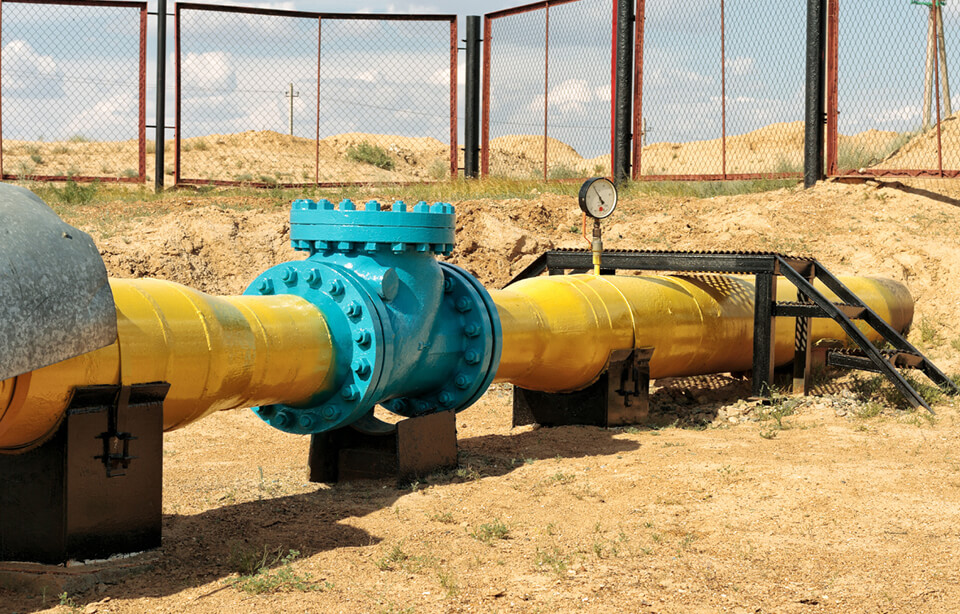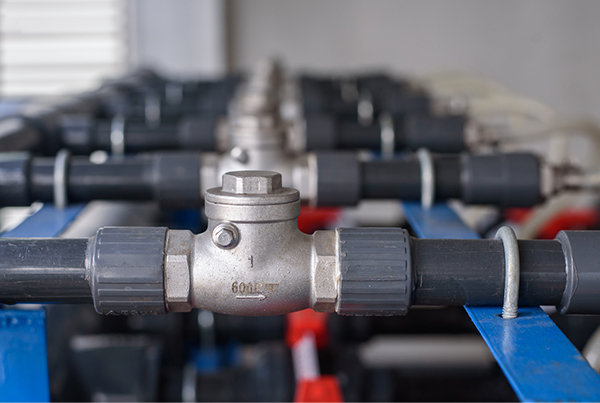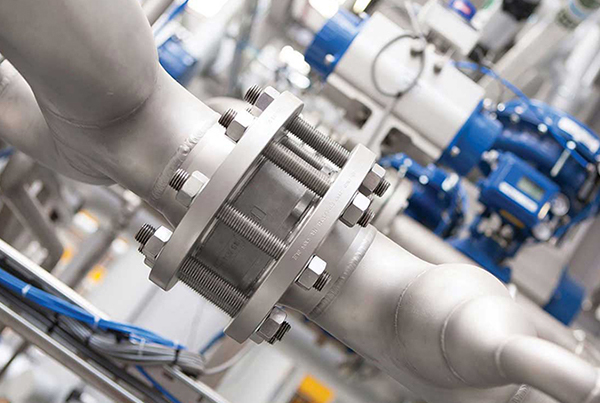Case

Case

And how is the installation position of the check valve determined? What is the difference between installing a check valve in front of the pump and after the pump, and where does the installation in front of the pump apply? Check valves are usually used in conjunction with other valves, so where do they have to be installed when used in conjunction with other valves?
So how is the installation position of the check valve determined? What is the difference between a check valve installed in front of the pump and one installed behind the pump, and where is the installation in front of the pump applicable? Check valves are usually used in conjunction with other valves, so where do they have to be installed when used in conjunction with other valves?

Check valves can be divided into lift check valves, swing check valves and butterfly check valves according to their structure. Lift check valves can be divided into vertical and straight-through types. Swing check valves are divided into single valve, double valve and multi-flap type.
Butterfly check valve is divided into butterfly double valve, butterfly single valve, the above check valve in the form of connection can be divided into four kinds of threaded connection, flange connection, welding and buttress type connection.
The check valve is installed to ensure the flow of water inside the pump, so as to ensure the normal work of the pump. So regarding the installation position of the check valve, whether it is installed in front of the pump or after the pump, it can be divided into two cases.
One is installed at the end of the vertical suction pipe in front of the pump, also called the bottom valve. The purpose is to fill the pump with water without pumping once, because the pump can only idle when there is no water in the pump and in the suction pipe in front of the pump, so the pump must be filled with water in order to pump out water.
This type of pump is installed above the liquid level in a way that is also called the negative pressure method.


The other is to install it at the rear of the pump. This installation method is the case where the liquid level is higher than the pump, which makes it convenient to start and stop the pump without having to close the pump discharge valve, especially for master control pump systems to prevent backflow from occurring.
The check valve must be installed at the pump outlet, in a position before the outlet control valve, in order to service the check valve. Generally the first course of the pump outlet is a soft connection (damper), followed by the check valve and then the isolation valve (e.g. butterfly valve, gate valve, globe valve, etc.)
Advantages: It can protect the check valve, especially in parallel pumps, when a pump does not start, its outlet door is closed, another pump starts, the impact is borne by the gate valve or butterfly valve. In the event of a failure of the check valve, the inlet and outlet valves can be closed to isolate the system for repair.
Disadvantages: Who will protect the gate or butterfly valve? There was a case where a butterfly valve's valve plate was broken.
Advantages: you can protect the butterfly valve or gate valve, the impact force is borne by the check valve.
Disadvantages: check valve who to protect, check valve is to rely on the pressure difference to switch, if the main pipe pressure is high to close, the pump pressure is high to open, if the use of the flow is not stable, then the check valve will repeatedly switch, will affect the check valve life. And if the check valve is broken, especially in a master control system, the system needs to be shut down before repairs can be carried out.
Generally speaking, because the check valve opening and closing action is more frequent, the internal connection parts and sealing parts are prone to damage, in order to facilitate repair and prevent the occurrence of the entire system shutdown due to the failure of the check valve, from this point of view, the check valve will be installed in the outlet gate valve or butterfly valve before.